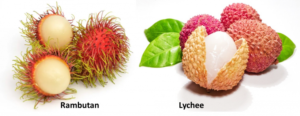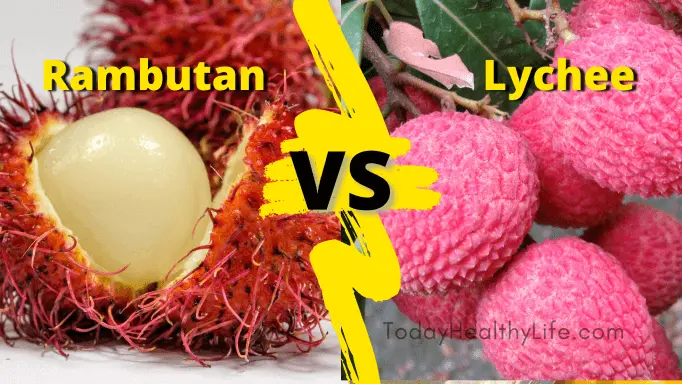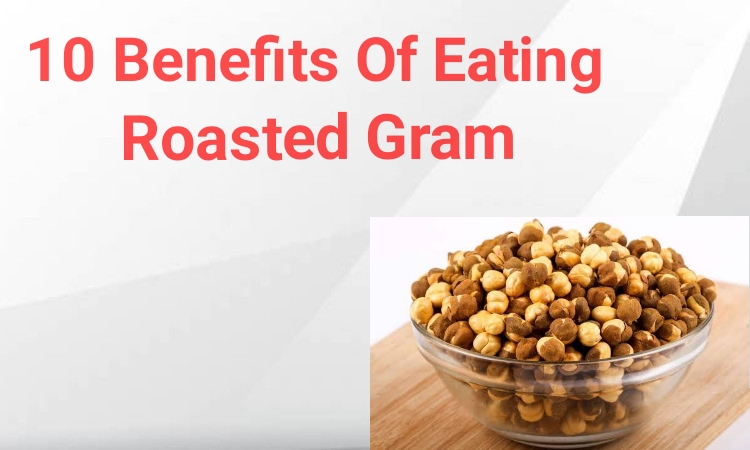One of the most enjoyable aspects about traveling to Thailand is just wandering through the markets in town and being amazed by an assortment of fresh fruits and vegetables that you’ve never experienced before. It’s an absolute attack on the senses. This article looks at and compares rambutan and the lychee, two fruits you’ll see plenty from in Thailand.
What is a Rambutan?

Rambutan is an edible fruit that is grown on a tropical tree with similar name. The Thais make use of the term “ngaw” (engaaa) for the rambutan. When it is removed, appears like a lychee which is another reason to look them up.
The fruit, if still unpeeled, looks like an underwater creature that you could meet while diving on the reefs that line southern Thailand rather than fruit that can be eaten. The frightened-looking skin is red and hairy due to it being covered in fleshy’spines’. The fruit is oval or round.
After you’ve removed the terrifying appearance of the skin, you’ll be left with a white, translucent fruit that’s a little sweet and has a lot of the characteristics of the lychee that has been peeled. The flavor is sweet, with a slight note of acidity. The most ideal time to locate Rambutan in Thailand is that runs from the months of June through September every year.
If you’re not planning to travel to Thailand to sample these fruits, then you could purchase 2 pounds of it from Amazon right here. Be sure to read reviews as some complain that the fruit isn’t quite so fresh as it should be. Try the local Asian supermarket as well however, my experience suggests it’s not easy to find Rambutan.
Take care not to eat the skin or seeds from the rambutan. The only portion that is recommended for eating are the fleshy fruits.
What is a Lychee?
Lychee is one of the most popular fruits that is found in Thailand that is grown on a tree of the identical name. The tree is indigenous to China but it is widely grown across Southeast Asia.
The Lychee fruit is small, and has a red-pink color with a rough, leathery skin. It isn’t edible. The majority of people buy the fruit by the kilo in markets. It is also common in Thailand to get the juice of lychee available for consumption on stalls along the streets as its sweetness is refreshing during a hot day.
The lychee peel is a fleshy with a white translucent color and a delightful floral scent. Its taste is light sweetness, but it’s a very juicyand delicious fruit that is delicious in warmer temperatures.

There’s a delightful, pleasant middle-aged lady in the market on Saturdays Walking Street Market in Chiang Mai who sells a enjoyable wine made of Lychee. The floral notes are wonderful and the flavor is very similar to white wine with a fruity flavor.
The fruit could be risky for children especially when it is unripe and consumed by children who are undernourished. The recommendation is for kids to avoid eating the fruit and ensure that they eat the fruit at the end of eating. For those who read this is to never take a bite of the skin or the seeds within the fruits.
It is believed that in the Thai dialect, the term for”lychee” can be pronounced as “lin-chee” which is thankfully quite similar to English. It is during the summer months in Thailand that runs between April and June.
Rambutan vs Lychee: Differences and Similarities
The lychee and the Rambutan are two plants that belong to the same plant family called Sapindaceae. (I have a hard time articulating the word). The fruits that have been peeled from the two plants appear alike. The distinction in appearance between rambutan that is not peeled and lychee can be more noticeable as you can see from the images on this page.
In terms of size, rambutans are generally larger. The majority of rambutan fruit will be about the size of the size of a golf ball. Lychee fruit is usually about the size of the grape.
It’s much easier to peel the bumpy skin off of the lychee, than the smooth exterior that is a rambutan. When you open an lychee you just break the skin using your thumb. To open a rambutan it is usually necessary to cut the skin using a sharp knife, and break it open from there. It is sometimes possible to open the skin using your hands if you’ve got the ripest the rambutan.
Regarding taste the rambutans have a more sharp, more acidic taste to their sweetness, whereas Lychees have a lighter more floral flavor to their flavor. Lychee fruit tends to be more juicier and more tender than the rambutan.
In terms of nutrition, the fruits are identical. 100 grams (~3.5-oz) of rambutan contain about 70 calories, and about 15g of sugar and is a great food source for vitamin C. The equivalent serving of lychee has almost the same number of sugar and calories. Lychee has also been proven to be a fantastic supply of Vitamin C however, it also has the benefit of being a great source of copper, too.
In Conclusion
I hope this site proves to be to be a valuable resource for anyone who are in search of an analysis of rambutan and Lychee. If you’re looking for other exotic Thai fruits, take a look at my article that explains mangosteens, and the different types they’re. In a short introduction to this article, one of the authors stated that the fruit was “thrillingly, intoxicatingly, luscious.”

Have you tried rambutans , or Lychee? Which of these exotic fruits do you like best? Tell me via the comment section below. We’ll see you next time.










